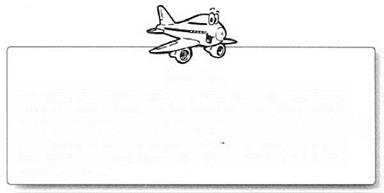AH Signs Urged Caution
The factors that combined to work against Kennedy on his last flight seem nearly endless. A chain reaction of bad decisions and mistakes is usually what we notice when we examine any accident with the luxury of hindsight, and the Kennedy tragedy is no exception.
Had Kennedy better understood the complexity of the decision-making process, what pilots call human factors, he might have dissected his own decisions before they snowballed into tragedy. Even the pilots who understand them sometimes have a hard time making safe decisions.
 Plane Talk
Plane Talk
Much was made in the media of the fact that Kennedy hadn’t filed a flight plan. Flight plant don’t possets any mystical quality that enhance the safety of a flight Though they should always be filed when appropriate, they are little more than a notice to the FAA of a planned route and expected time of arrival that helps narrow the search for a plane if it turns up missing. The fact that a pilot did not file a flight plan doesn’t mean the pilot didn’t plan his route. It simply means he didn’t report the route to the FAA for search – and-rescue purposes.
Following are some of the factors that added up to tragedy for JFK Jr., his wife, and her sister. An experienced pilot—one who is sensitive to the vulnerability of the human factors involved in aviation decision-making—would have readily recognized them as warning signs.
|
By the Book Human factors is a relatively new field of study that examines the collection of factors that can erode a pilot’s performance, such as a pilot’s emotional state of mind, his physical health, his relationship with other crew members, and his response to stress. Researchers hope to identify and help reduce hazards caused by human weaknesses. |












